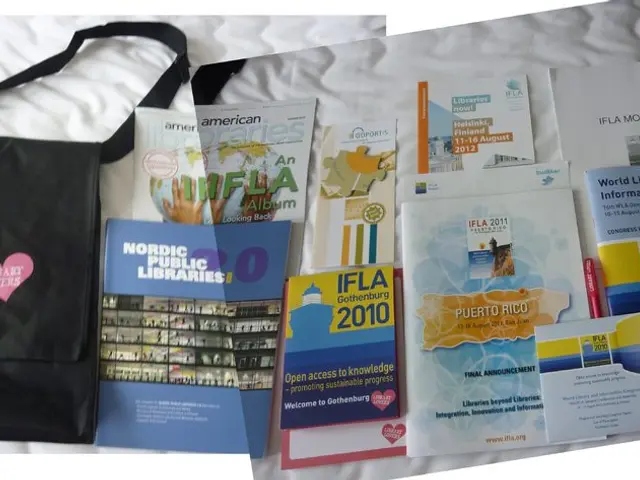Brush up on Wi-Fi safety measures prior to resuming schooling
University students often find themselves relying on public Wi-Fi networks for coursework, research, and project collaboration. However, these networks can pose significant security risks, making it essential for students to prioritise digital safety.
In an evolving digital security landscape, being proactive about digital security is crucial. This includes using personal hotspots and Virtual Private Networks (VPNs) to safeguard personal information.
A portable Wi-Fi hotspot, such as the Solis line from SIMO, can provide a secure, personal Wi-Fi connection for students. These devices often encrypt data transmissions, making them harder for hackers to intercept.
One of the main threats from using public Wi-Fi is the potential for data theft and malware infections. Public Wi-Fi networks are susceptible to spoofing, allowing bad actors to intercept and collect transmitted data. Infecting a student's laptop on a public network could give bad actors access to otherwise secure home or school networks.
To minimise these risks, students should follow some essential protective measures.
- Use a VPN: Encrypts internet traffic, hiding data from others on the network. Recommended VPN services include ExpressVPN and NordVPN for strong encryption and reliable performance.
- Avoid accessing sensitive accounts or entering personal data (e.g., bank accounts, university portals) while on public Wi-Fi.
- Install and maintain security software: Regularly updated antivirus and anti-malware apps configured for automatic scanning help detect threats early.
- Disable sharing features: Turn off file and printer sharing and any features that allow other devices to connect to yours during public Wi-Fi sessions.
- Keep device software up to date: Apply all security patches and updates promptly to reduce vulnerabilities.
- Be cautious with emails and links: Do not click unknown or suspicious links to avoid phishing attacks, which are common on unsecured networks.
- Consider a mobile hotspot: A personal hotspot creates a private, encrypted internet connection independent of public Wi-Fi, reducing exposure to common risks.
- Use strong, unique passwords and enable two-factor authentication (2FA): These reduce the risk of compromised accounts even if some data leaks occur.
- Limit app permissions: Only grant apps access to data or system functions necessary for their operation to minimise potential leaks.
By following these practices, students can significantly reduce the risk of personal data breaches and device compromise while using public wireless networks. It's also important for students to stay updated on cybersecurity to protect their data and private information. They may not realise the vulnerabilities of less secure personal laptops compared to school-issued devices.
Some wireless service companies, like SIMO, do not require long-term commitments, making it an affordable option for students. Additionally, a personal hotspot can help ensure predictable speed and connection quality, providing a more reliable internet connection for students' academic needs.
- To protect data from potential theft and malware infections on public Wi-Fi networks, students should consider using a portable Wi-Fi hotspot like the Solis line from SIMO, which can provide a secure, encrypted internet connection.
- Utilizing a Virtual Private Network (VPN) service like ExpressVPN or NordVPN is essential for encrypting internet traffic and hiding data from others on a network, thereby preventing data breaches and potential unauthorized access.
- To further safeguard against digital security risks, students should avoid accessing sensitive accounts or entering personal data, install and maintain security software, disable sharing features, keep device software up to date, be cautious with emails and links, and limit app permissions for enhanced security. Additionally, using strong, unique passwords and enabling two-factor authentication is recommended.








